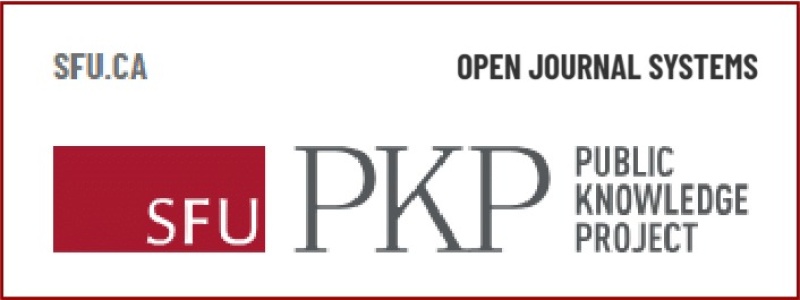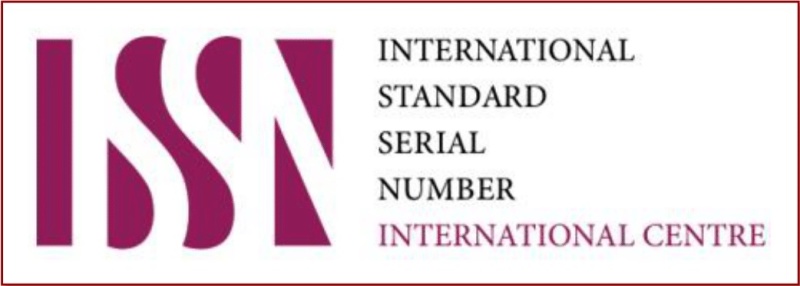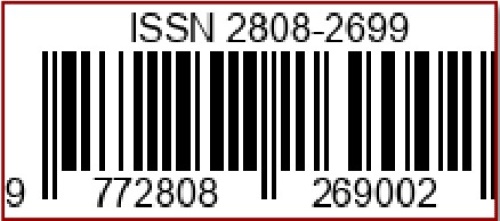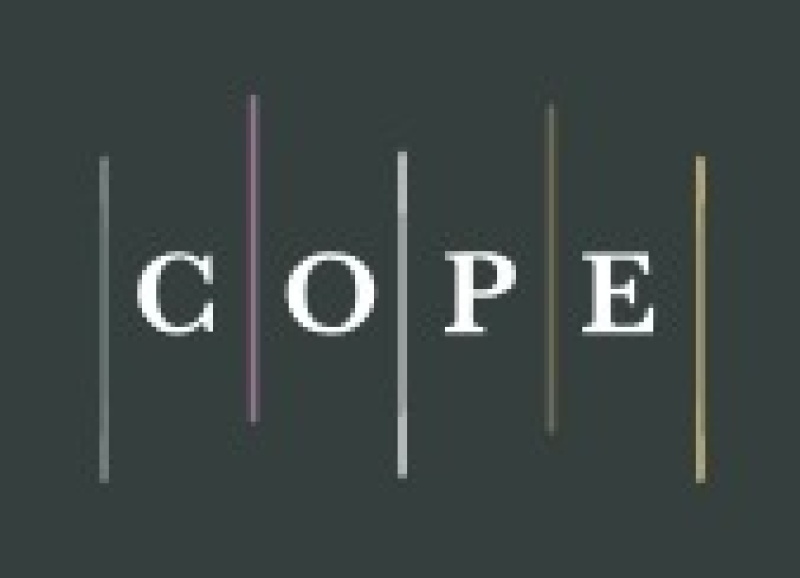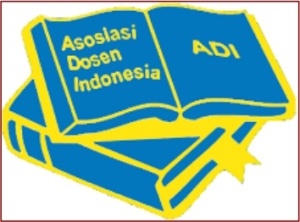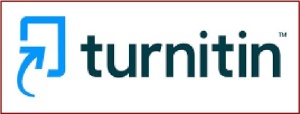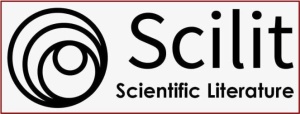Penerapan Media Animasi dalam Power Point pada Pembelajaran IPA terhadap Pengetahuan Siswa Berdasarkan Gender
DOI:
https://doi.org/10.36312/educatoria.v4i1.40Keywords:
Animation Media, Power Point, Student Knowledge.Abstract
This research aims to determine the cognitive learning outcomes of class VIII students at SMP Negeri 5 Mataram through the application of animation media in power point. The research was carried out in the odd semester of the 2021/2022 academic year at SMP Negeri 5 Mataram. The subjects of this research were class VIII students at SMP Negeri 5 Mataram for the 2021/2022 academic year. The research method used was pre-experimental. The design used in this pre-experimental research was one group pretest-posttest. The instrument used to assess students' level of success is using essay learning outcomes tests. Data collection techniques use pretest and posttest. The data analysis technique uses a formula, namely the number of correct answer scores divided by the total score multiplied by one hundred. To calculate the N-Gain value, use the formula, namely the posttest score minus the pretest score divided by the maximum score minus the pretest score. The results of the research show that student learning outcomes based on gender show that male students obtained an average pretest score of 47.16 and a posttest of 53, while the average pretest score for female students was 53 and the average posttest score was 64.77. The N-Gain value for male students is 0.05 and the N-Gain value for female students is 0.25, and both are in the low category. Thus, it can be concluded that after using power point media and 3D animation, students' cognitive learning outcomes show an increase in learning outcomes compared to before.
Downloads
References
Arisa, N., Johansyah., & Hanif, M. K. A. (2020). Keefektifan Model Pembelajaran Novick terhadap Pemahaman Konsep Fisika Siswa SMK Negeri 17 Samarinda Materi Elastisits dan Hukum Hooke. Jurnal Literasi Pendidikan Fisika, 1(1), 45-55. https://doi.org/10.30872/jlpf.v1i01.77
Hadijah, S. (2018). Analisis Respon Siswa dan Guru terhadap Penggunaan Multimedia Interaktif dalam Proses Pembelajaran Matematika. Jurnal Numeracy, 5(5), 176-183. https://doi.org/10.46244/numeracy.v5i2.391
Hidayat, R., & Abdillah. (2019). Ilmu Pendidikan : Konsep, Teori, dan Aplikasinya. Medan: Lembaga Peduli Pengembangan Pendidikan Indonesia (LPPPI).
Khaleel, M. (2017). Famela Students are More Likely to Get Higher Gredes than Male Students. International Jurnal of Scientifik and Research Publications, 7(3), 378-386.
Mursali, S., & Safnowandi. (2016). Pengembangan LKM Biologi Dasar Berorientasi Pembelajaran Inkuiri untuk Meningkatkan Keterampilan Proses Sains Mahasiswa. Bioscientist : Jurnal Ilmiah Biologi, 4(2), 56-62. https://doi.org/10.33394/bioscientist.v4i2.218
Muspiroh, N. (2020). Perbedaan Hasil Belajar Peserta Didik Berdasarkan Gender pada Mata Pelajaran Biologi. Skripsi. Institut Agama Islam Syekh Nurjati.
Ngongo, Y. R., & Efendi, I. (2021). Profil Keterampilan Menyelesaikan Masalah Siswa melalui Penerapan Model Pembelajaran Problem Based Learning Ditinjau dari Perbedaan Gender. Bioscientist : Jurnal Ilmiah Biologi, 9(1) 278-285. https://doi.org/10.33394/bioscientist.v9i1.3836
Nurmala, R. S., & Priantari, I. (2017). Meningkatkan Keterampilan Komunikasi dan Hasil Belajar Kognitif melalui Penerapan Discovery Learning Improving Communication Skills and Cognitive Study Result Through Discovery Learning. Bioma : Jurnal Biologi dan Pembelajaran Biologi, 1(1), 33-85. https://doi.org/10.32528/bioma.v2i1.586
Rahman, M., & Mahmud, N. (2018). Pengaruh Penggunaan Media Pembelajaran Powert Point terhadap Hasil Belajar Matematika Peserta Didik Kelas X SMA Negri 3 Majene. Jurnal Saintifik, 4(1) 83-92. https://doi.org/10.31605/saintifik.v4i1.147
Sugiyono. (2014). Metode Penelitian Kuantitatif, Kualitatif, dan R & D. Bandung: CV. Alfabeta.
Wilhalminah, A., Rahman, U., & Muchlisan. (2017). Pengaruh Keterampilan Komunikasi terhadap Perkembangan Moral Siswa pada Mata Pelajaran Biologi Kelas XI IPA SMA Muhammadiyah Lumbung. Jurnal Biotek, 5(2) 37-52. https://doi.org/10.24252/jb.v5i2.4278

Downloads
Published
How to Cite
Issue
Section
License
Copyright (c) 2024 Irmansyah

This work is licensed under a Creative Commons Attribution-ShareAlike 4.0 International License.
-
Attribution — You must give appropriate credit, provide a link to the license, and indicate if changes were made. You may do so in any reasonable manner, but not in any way that suggests the licensor endorses you or your use.
-
ShareAlike — If you remix, transform, or build upon the material, you must distribute your contributions under the same license as the original.

